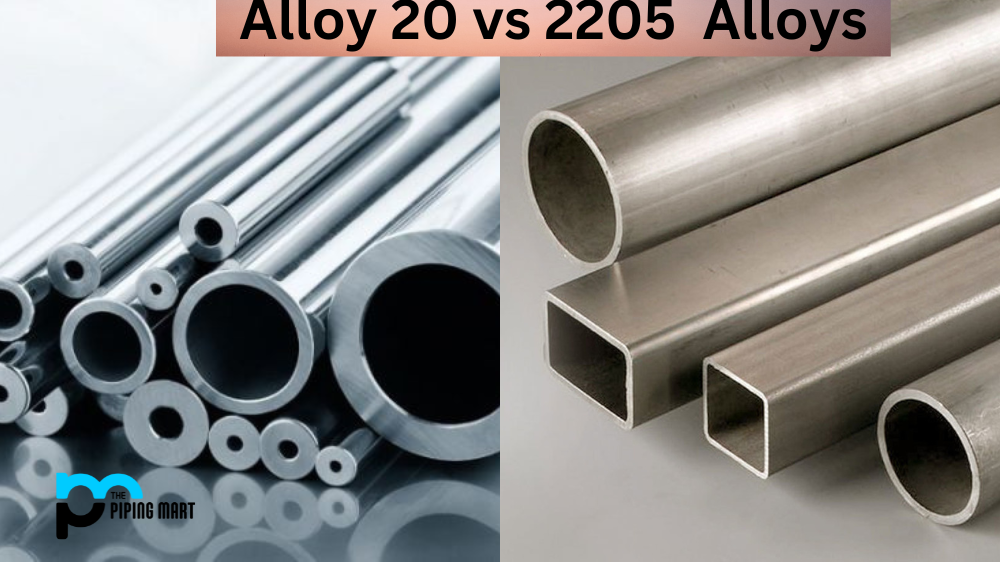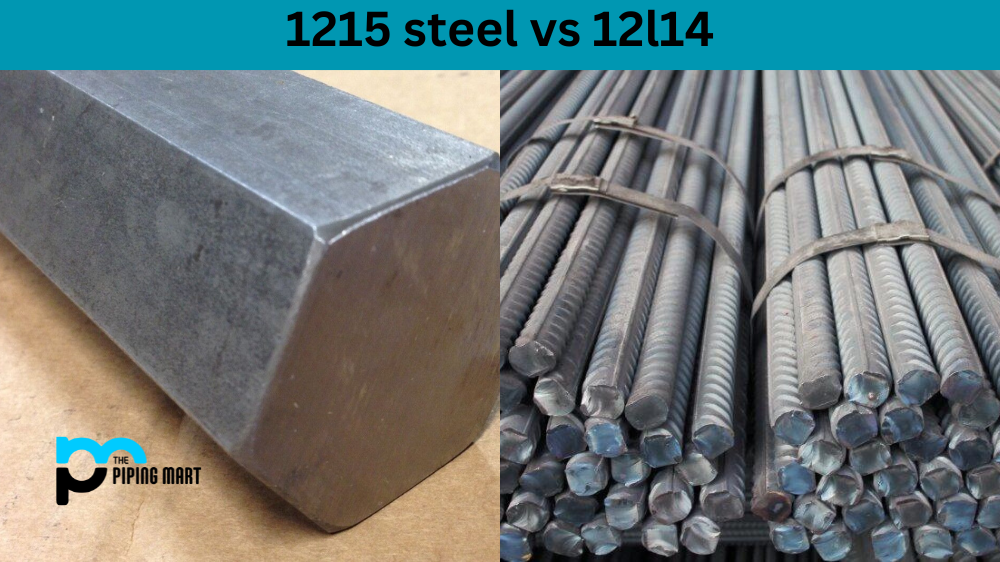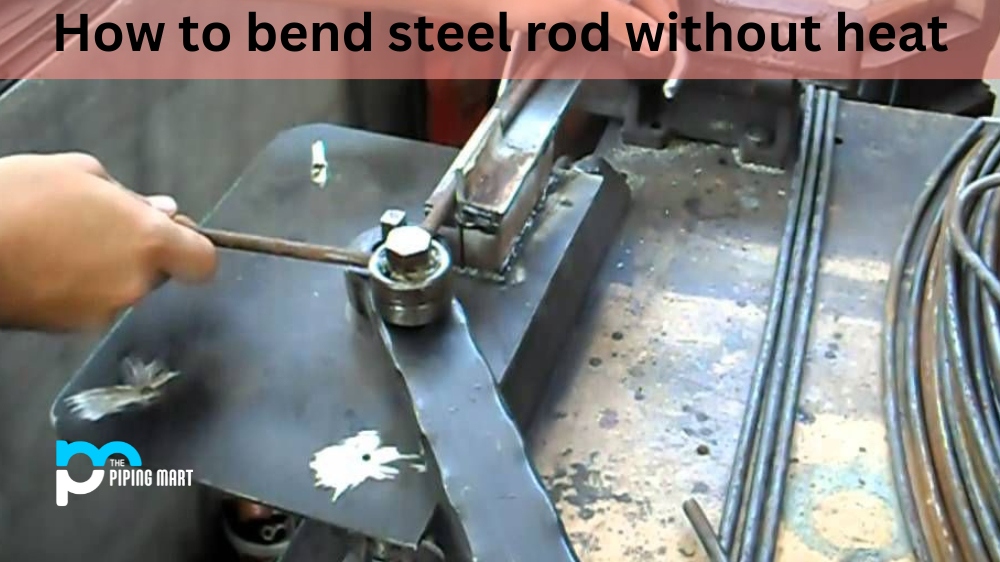If you are looking for an alloy that offers great corrosion resistance, excellent mechanical properties, and is easy to weld, alloy 20 and duplex 2205 both fit the bill. But which one is better? Let’s take a look at the differences between these two stainless steel alloys to find out.
Alloy 20 vs. Duplex 2205: Composition
The major difference between alloy 20 and duplex 2205 lies in their composition. Alloy 20 is a nickel-iron-chromium austenitic alloy containing copper, molybdenum, and niobium. It offers excellent corrosion resistance in many acidic environments and has superior mechanical properties when compared to other stainless steels. On the other hand, duplex 2205 is a ferritic-austenitic stainless steel composed of 22% chromium, 5% nickel, 3.2% molybdenum, and other trace elements such as manganese and nitrogen. This combination results in superior strength and corrosion resistance compared to conventional austenitic stainless steels like 304 or 316.
Alloy 20 vs. Duplex 2205: Weldability
When it comes to weldability, both alloys have their advantages. Alloy 20 is known for its ease of welding with conventional processes like gas tungsten arc welding (GTAW), gas metal arc welding (GMAW), shielded metal arc welding (SMAW), or flux cored arc welding (FCAW). Duplex 2205 can also be easily welded using GTAW or GMAW but requires a higher level of skill due to its higher strength and difficult-to-weld characteristics like cracking sensitivity to cold working stress relief cracking (CWSR) or hot tearing at elevated temperatures during welding.
Alloy 20 vs. Duplex 2205: Cost
When it comes down to cost savings, duplex2205 wins out over alloy20 due to its lower nickel content which makes it less expensive than other alloys on the market today. However, both alloys offer great corrosion resistance in many different environments, so you can be sure that either material will provide you with a long-lasting solution for your application.
Conclusion:
When comparing alloy20 vs. duplex2205 stainless steel alloys, there are several factors that should be taken into consideration, including composition, weldability, and cost-effectiveness. Alloy20 has excellent corrosion resistance in many acidic environments while offering good mechanical properties with easy weldability using conventional processes like GTAW or GMAW. On the other hand, duplex2205 offers superior strength and corrosion resistance and is cheaper than most other alloys on the market today. Still, it requires higher levels of skill for successful welding due to its difficult-to-weld characteristics, such as CWSR or hot tearing at elevated temperatures during welding. Ultimately it depends on your individual application needs, as both materials offer great solutions for different applications depending on budget constraints or performance requirements.

A passionate metal industry expert and blogger. With over 5 years of experience in the field, Palak brings a wealth of knowledge and insight to her writing. Whether discussing the latest trends in the metal industry or sharing tips, she is dedicated to helping others succeed in the metal industry.




